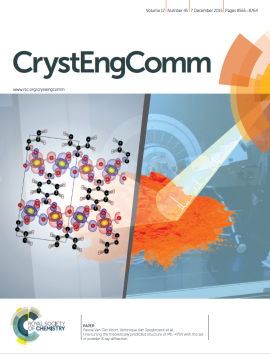Mechanical energy storage performance of an aluminum fumarate metal-organic framework
Abstract
The aluminum fumarate MOF A520 or MIL-53-FA is revealed to be a promising material for mechanical energy-related applications with performances in terms of work and heat energies which surpass those of any porous solids reported so far. Complementary experimental and computational tools are deployed to finely characterize and understand the pressure-induced structural transition at the origin of these unprecedented levels of performance.
 Open Access version available at UGent repository
Open Access version available at UGent repository




